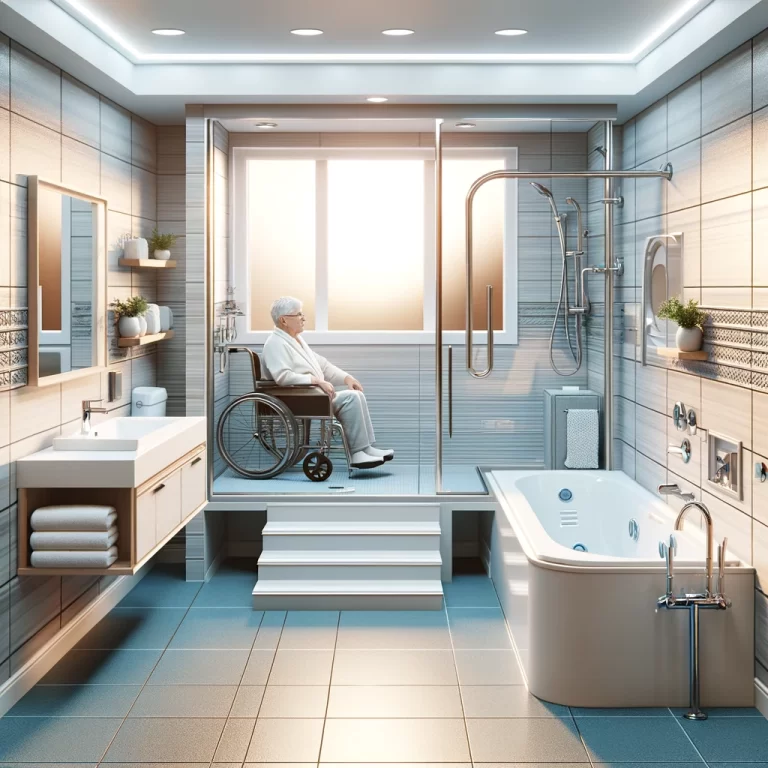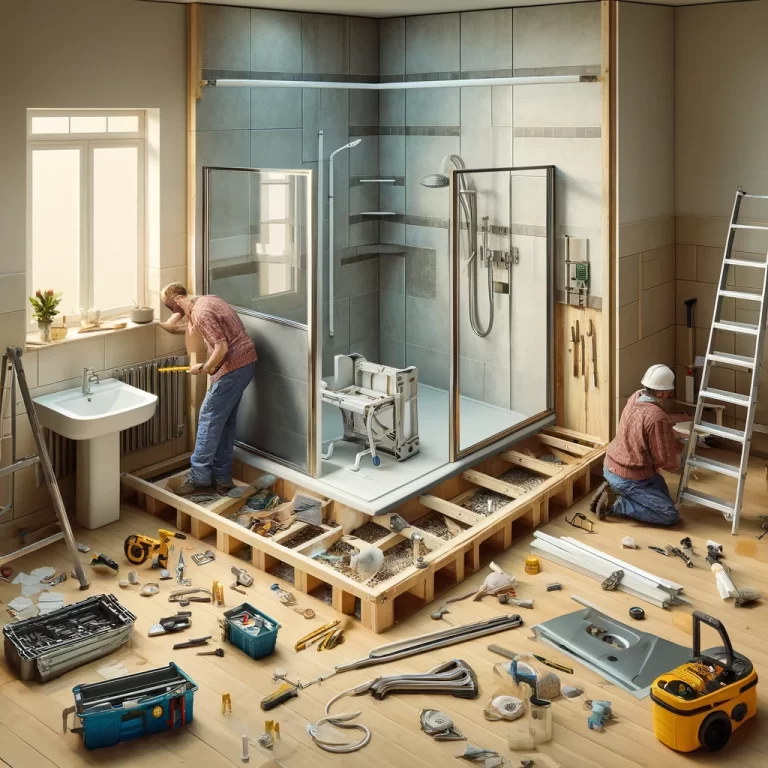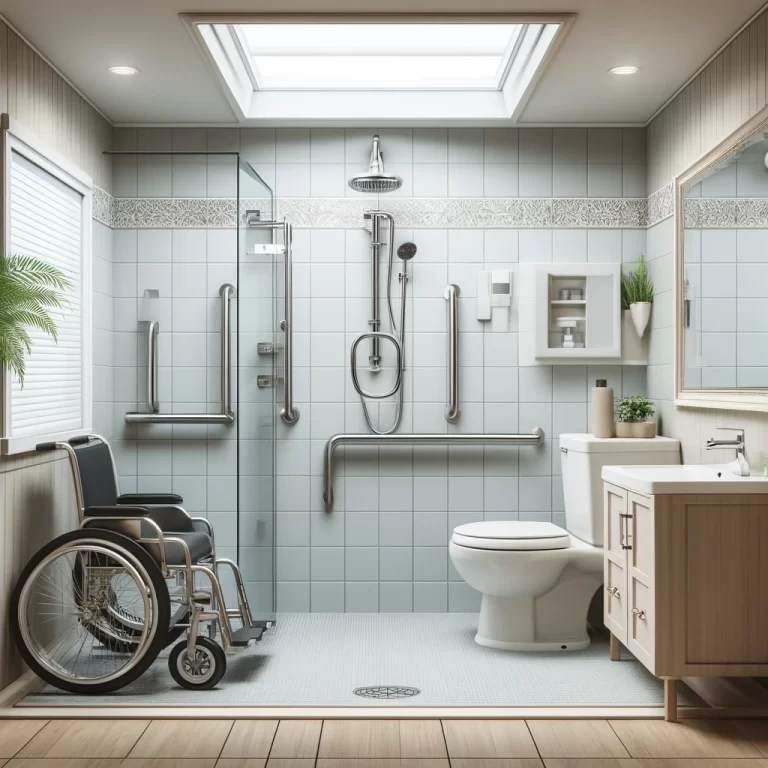People with mobility problems, whether it be temporary or long-term, may find it challenging to do a simple job like taking a bath. Here, we examine some of the specific issues that may arise along with a number of fixes that will make using the bathtub secure and straightforward.
Difficulties When Using a Bathtub
The major concerns with taking a bath when someone’s mobility has decreased are:
- entering or leaving the bathtub
- either sitting down or getting out of the bathtub.
Anyone dealing with these problems will find using the restroom uncomfortable, and at worst unsafe.
Many people attempt to change how they utilise the bath in both situations in order to find solutions to the issues. Usually, to do this, one looks for additional balance or support by using the handrails provided by the bathroom’s existing fixtures. This is problematic since sinks, towel racks, shelves, and radiators are not designed to support heavy loads and may give up suddenly.
Some people even change how they enter and leave baths. Typically, they turn onto their fronts, get to their knees, and crawl over the bath’s edge to exit the water. Again, using a bathroom way can be risky, and those who get into the habit of doing so are creating negative habits that could lead to accidents and injuries.
When things start to get to this point, it’s time to update the restroom rather than change your use of it.
The Answer To The Problem
A. Making it simple to enter and exit the bathtub
The best option is a
walk-in bathtub. These bathtubs have a door that lowers the barrier to around 8 or 9 inches, making it simpler to enter. It is considerably simpler to enter and exit the bath nowadays.
A
walk-in shower with a much lower step or even level access will be much simpler to use if mobility is such that an individual will find this step too tough to manage.
B. Support when sitting down and getting up
Full-length walk-in bathtubs can be found and have a similar appearance to regular full-length bathtubs. Some of these walk-in bathtubs have power lift seats that can help someone who often has trouble getting in and out of the bathtub.
The Classic. Since the bather does not have to sit on the floor, having the seat makes it simpler to get up and down from the bath. Instead, they take a seat, which has a very similar effect to sitting on a chair. This is a fantastic option for an individual if they still find sitting in a chair to be easy.
If an easy-access shower is used, a shower seat can be installed that is either free-standing or fixed to the wall. Once more, this is appropriate for someone who can sit in a chair without assistance. A shower or wet room can be utilised with a shower proof wheelchair or Zimmer frame for anyone who finds it difficult to sit up and down, and is better suited for caretaker-supported bathroom use.
Call
Mobility Bathrooms Glasgow at 0141 771 3640 if you are having difficulty utilising a bathtub and would want to discuss your choices. In order to carefully build a bathroom around your needs, we provide a free home evaluation and quotation service.






